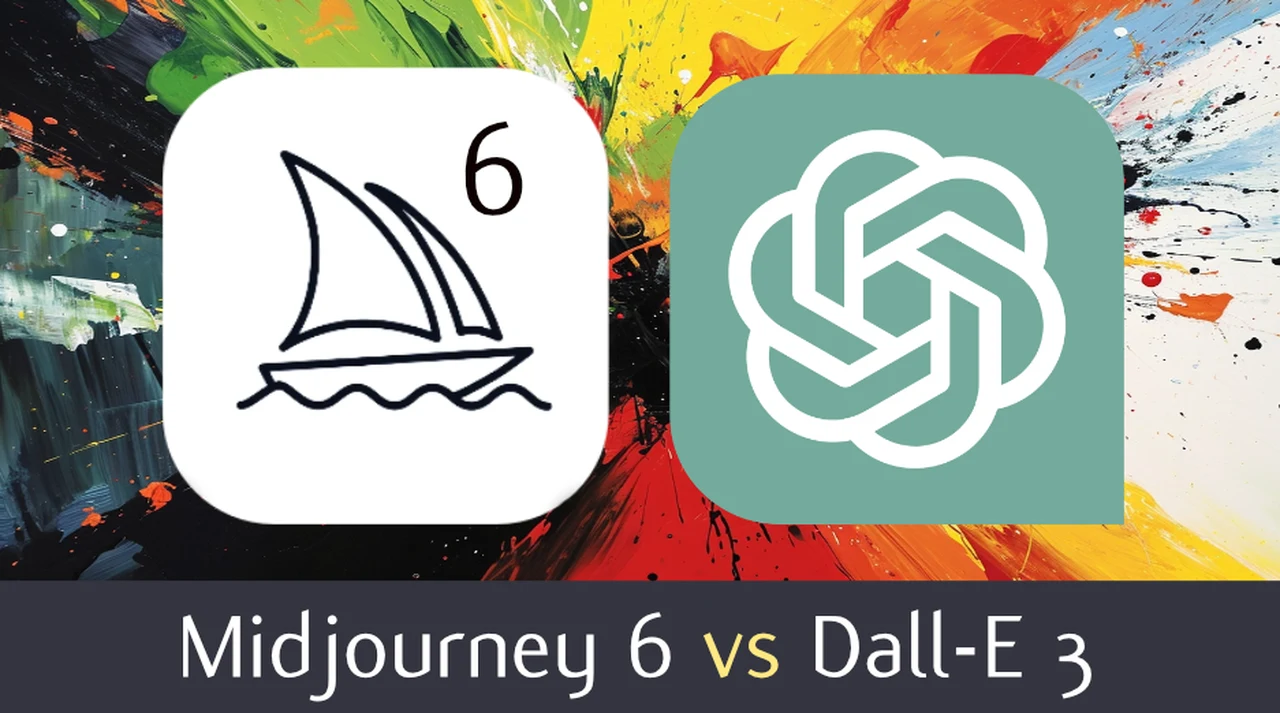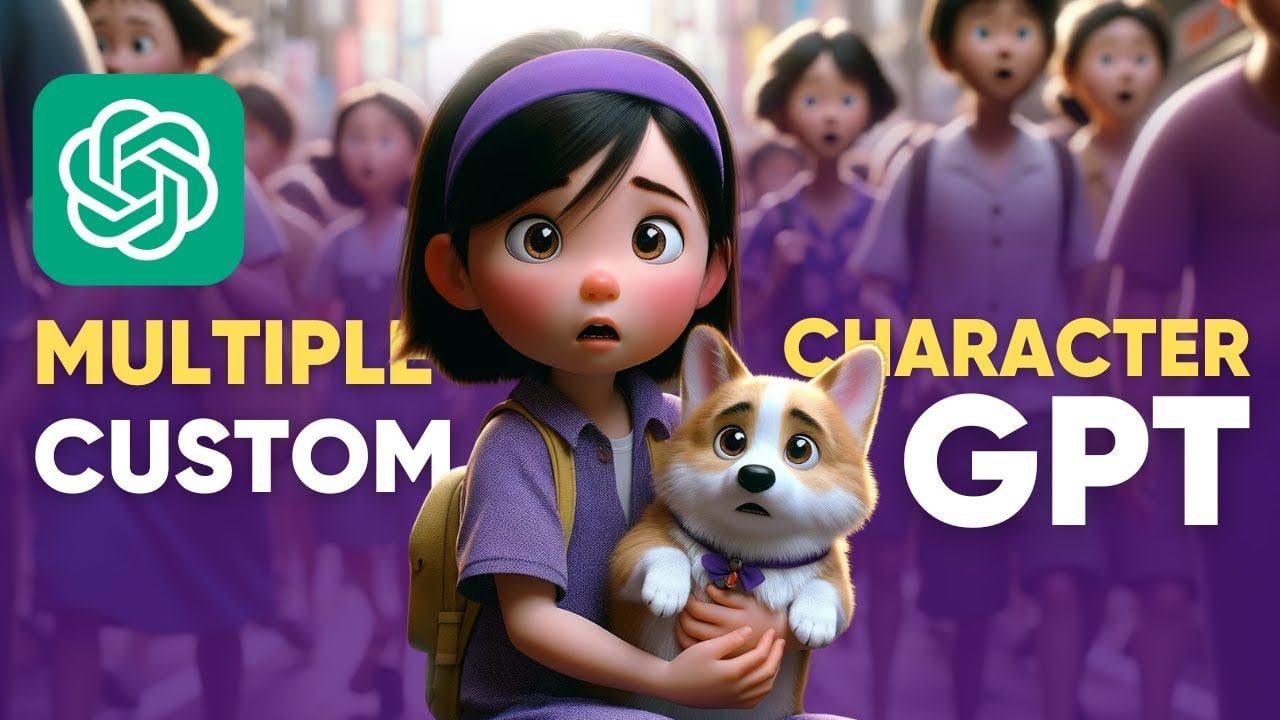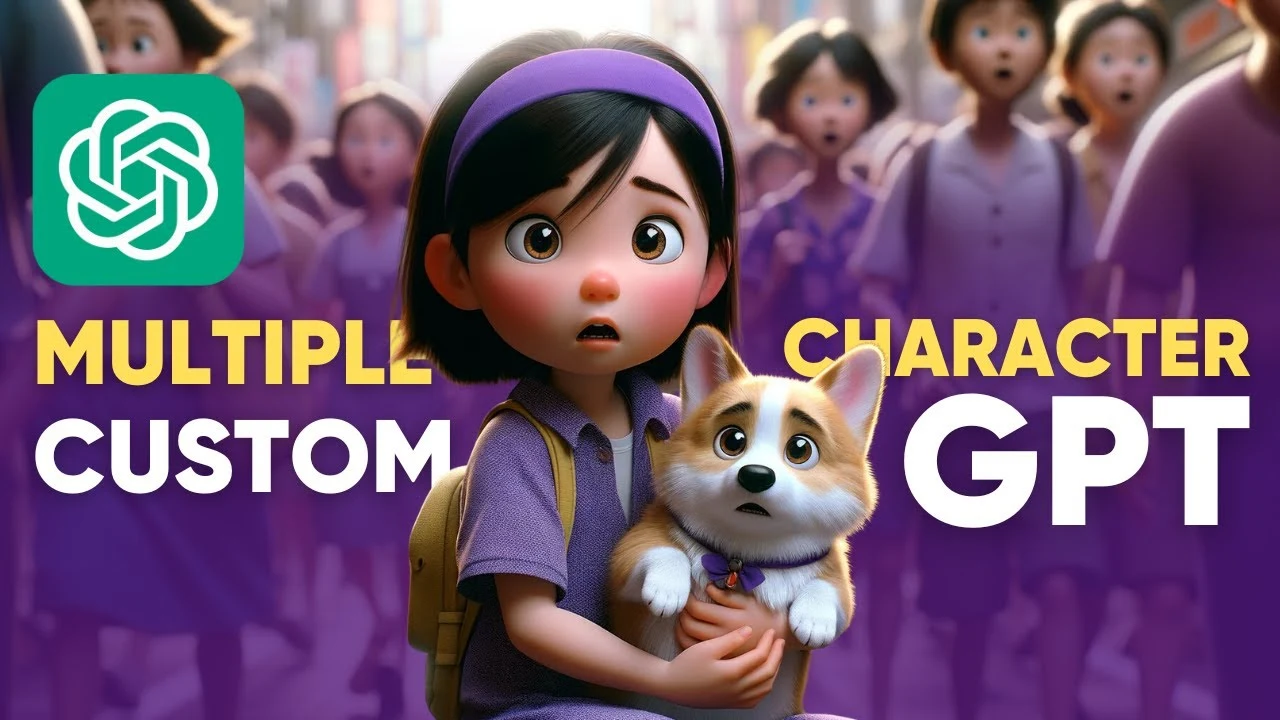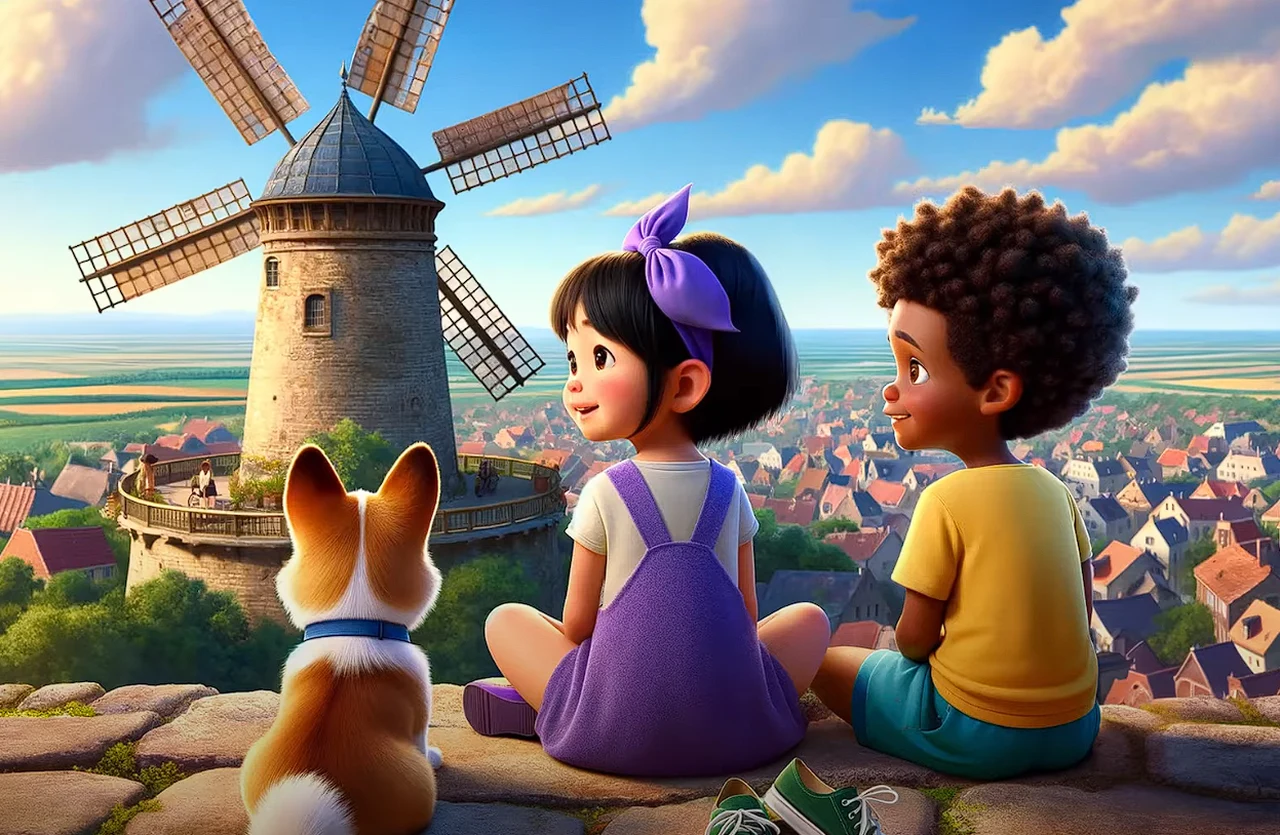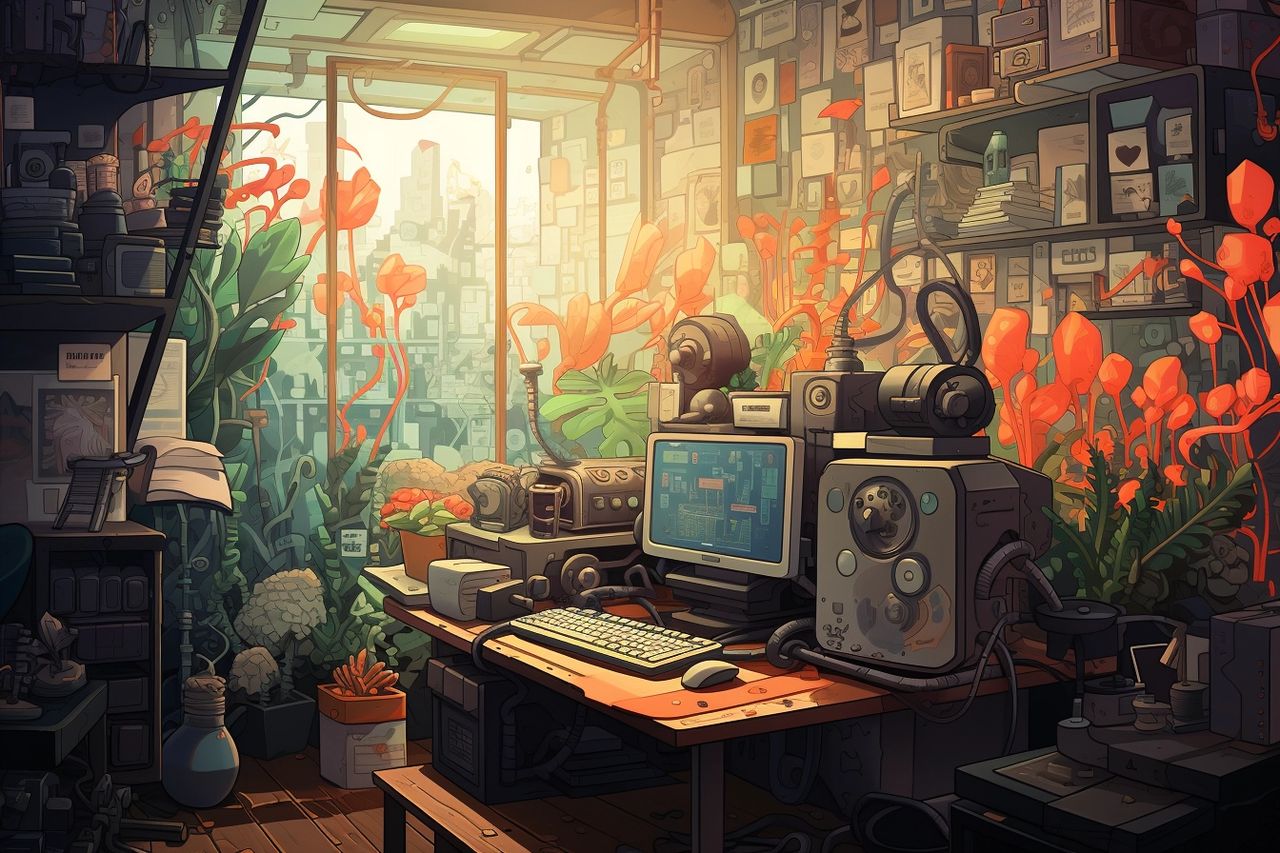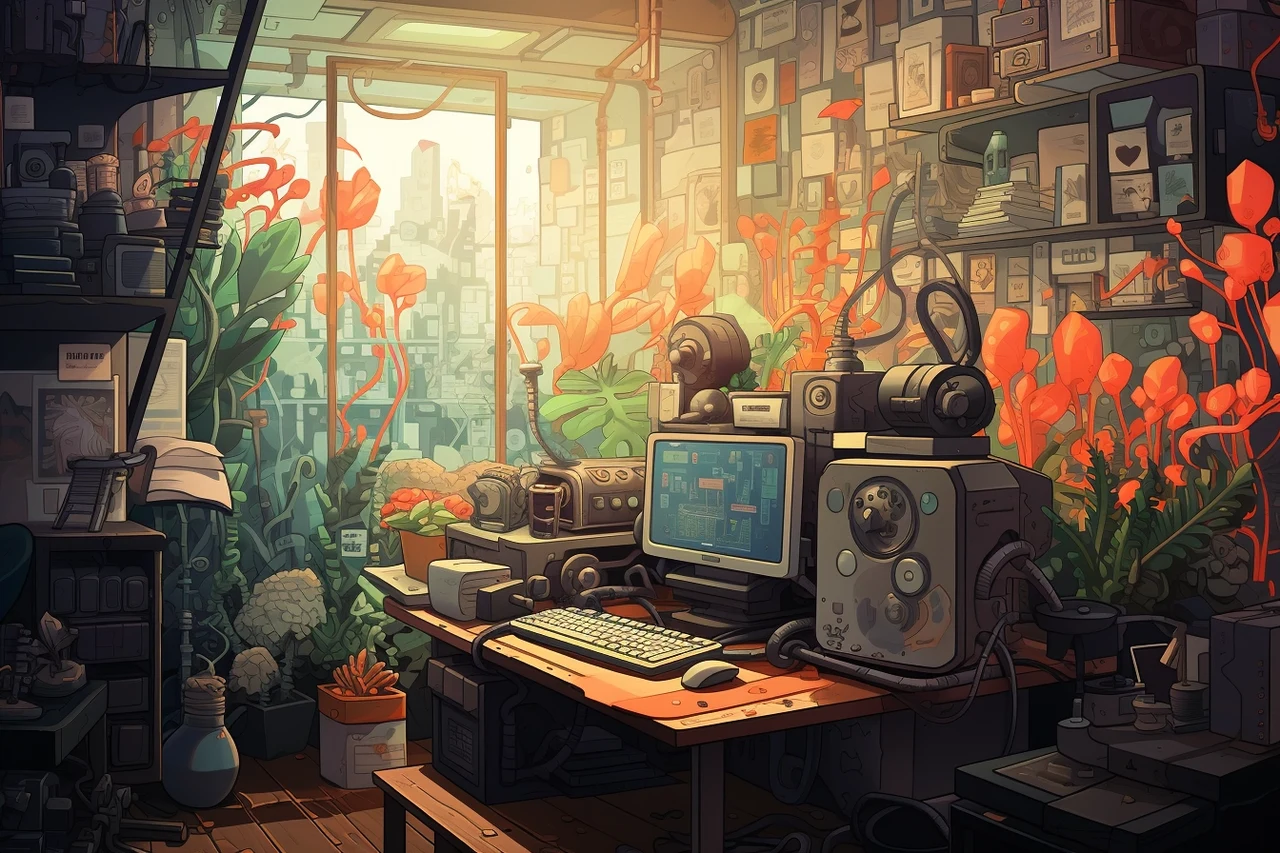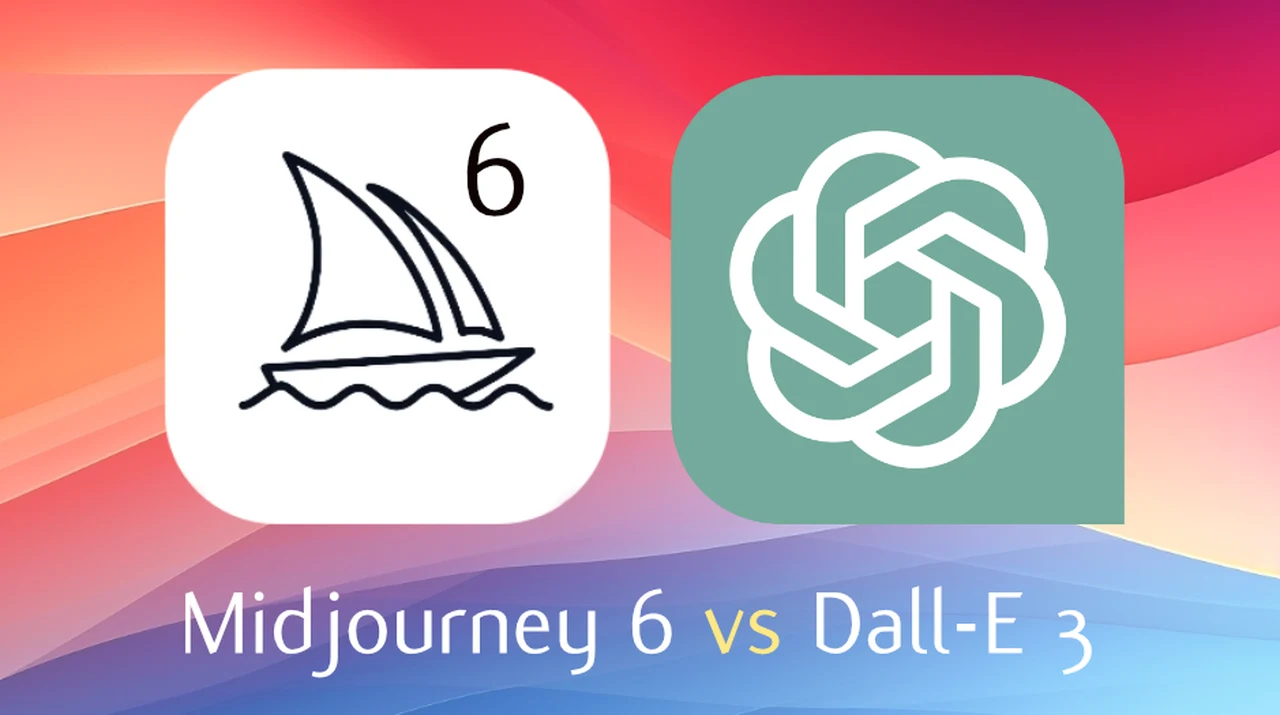
In the rapidly evolving world of artificial intelligence, two platforms stand out for their ability to create art: Midjourney 6 and Dall-E 3. These AI art generators are at the forefront of technology, offering unique features and experiences for those looking to explore the intersection of creativity and machine learning. As Midjourney 6 vs DallE 3 and look into the capabilities of each platform, it’s important to consider what they bring to the table for artists, developers, and enthusiasts alike.
Midjourney 6 is known for its precision. It allows users to tweak and adjust parameters to get the exact results they’re looking for. This level of detail is particularly appealing to artists who have a clear vision of what they want to create. On the other hand, Dall-E 3 is a dream for developers. Its accessible API means it can be easily integrated into various projects, making it a versatile tool for those looking to incorporate AI-generated art into their work.
When it comes to user interface, Midjourney 6 operates within the popular chat platform Discord. However, it is no longer reliant on Discord, which means that many users will find themselves in a familiar environment, which can make the process of creating art more comfortable and straightforward. Dall-E 3, however, offers a different approach. It integrates with ChatGPT, allowing users to describe what they want in a conversational manner. This can make the art creation process feel more natural and intuitive for some.
Midjourney 6 vs DallE 3
Here are some other articles you may find of interest on the subject of AI art generators :
A direct comparison of the two platforms shows that Midjourney 6 excels in creating photorealistic images. It’s impressive how it can take a prompt and turn it into something that looks like a photograph. Dall-E 3, meanwhile, is adept at handling complex prompts and producing a range of illustrated styles. This versatility is a strong point for Dall-E 3, as it can interpret and visualize a wide array of concepts.
Speed is another important factor to consider. Both Midjourney 6 and Dall-E 3 can generate images quickly, but this can vary depending on how complex the prompt is and how busy the servers are. For creators who need to produce images rapidly, this is an essential aspect to keep in mind.
Censorship and privacy
However, both platforms have their limitations, especially when it comes to content. There are censorship guidelines in place to ensure that the generated art is appropriate. Dall-E 3 has stricter rules, which might be a constraint for artists who want to explore more controversial themes.
The community and support surrounding these platforms are also quite different. Midjourney 6 has a vibrant community on Discord, where users can engage with each other and the developers. This creates a dynamic environment where feedback is valued and user satisfaction is a priority. Dall-E 3 is still developing its support channels, but it’s clear that both platforms are committed to providing a good user experience.
Pricing and availability
Pricing is another area where Midjourney 6 and Dall-E 3 diverge. Dall-E 3 has a straightforward monthly fee, which can be bundled with ChatGPT Plus for those who want additional features. Midjourney 6 offers tiered subscriptions, giving users the flexibility to choose a plan that matches their usage needs.
Each platform has its own strengths. Midjourney 6 shines when it comes to photorealism and giving users control over the creative process. Dall-E 3 stands out for its ability to interpret detailed prompts and produce a variety of illustration styles. This diversity in capabilities means that the choice between the two will often come down to what the user values most: customization, API integration, community support, or pricing.
The community engagement within Midjourney 6 is particularly noteworthy. It highlights the platform’s focus on catering to artists and ensuring that their needs and feedback are at the center of its development. This artist-focused philosophy is a key aspect of Midjourney 6’s appeal. In contrast, Dall-E 3 is more about the seamless integration of AI into the art creation process. It reflects a different philosophy, one that emphasizes the role of technology in expanding the boundaries of what’s possible in art.
As AI continues to advance, we can expect platforms like Midjourney 6 and Dall-E 3 to become even more sophisticated. This will undoubtedly open up new possibilities for digital artistry, allowing creators to push the limits of their imagination. Whether you’re an artist looking for fine control over your creations, a developer eager to integrate AI into your projects, or simply someone fascinated by the potential of AI-generated art, these platforms offer a glimpse into a future where technology and creativity converge in exciting ways. If you’d like to learn more about using Midjourney check out our Midjourney 6 beginners guide.
Filed Under: Guides, Top News
Latest timeswonderful Deals
Disclosure: Some of our articles include affiliate links. If you buy something through one of these links, timeswonderful may earn an affiliate commission. Learn about our Disclosure Policy.

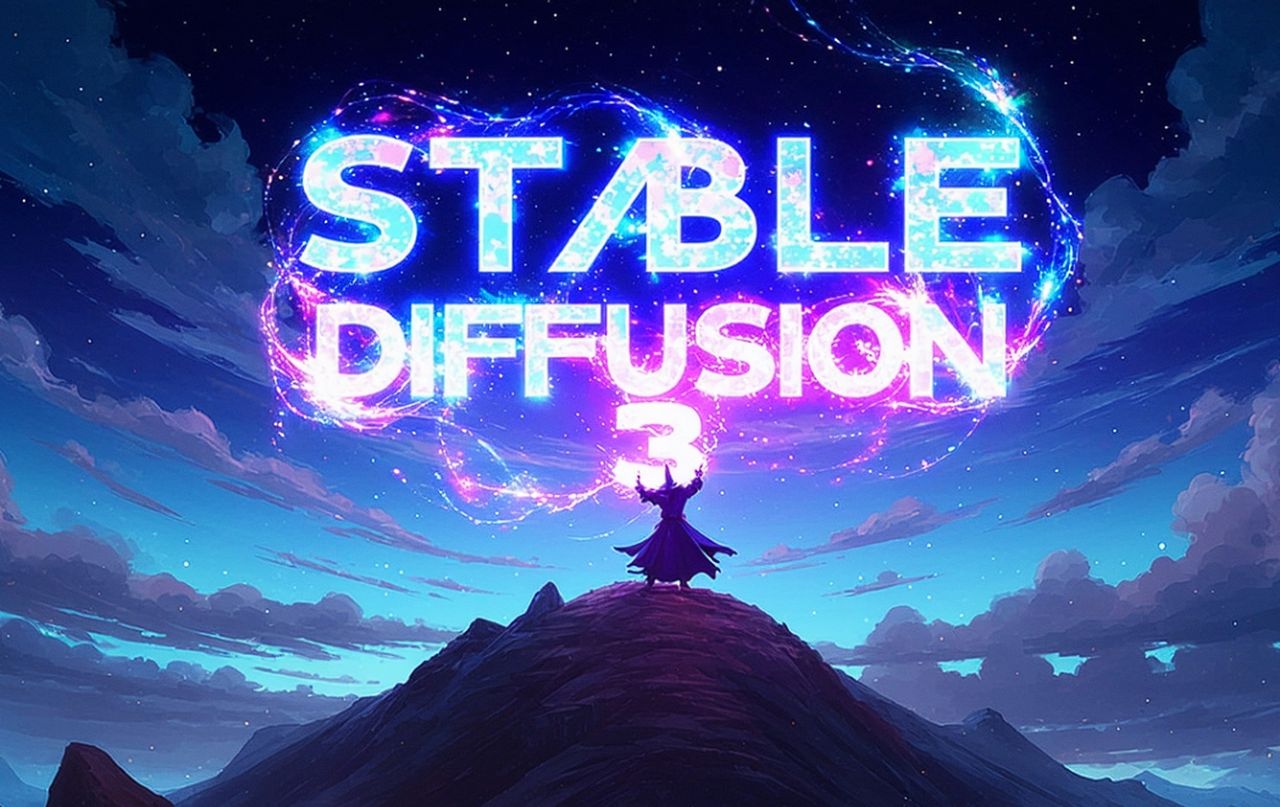
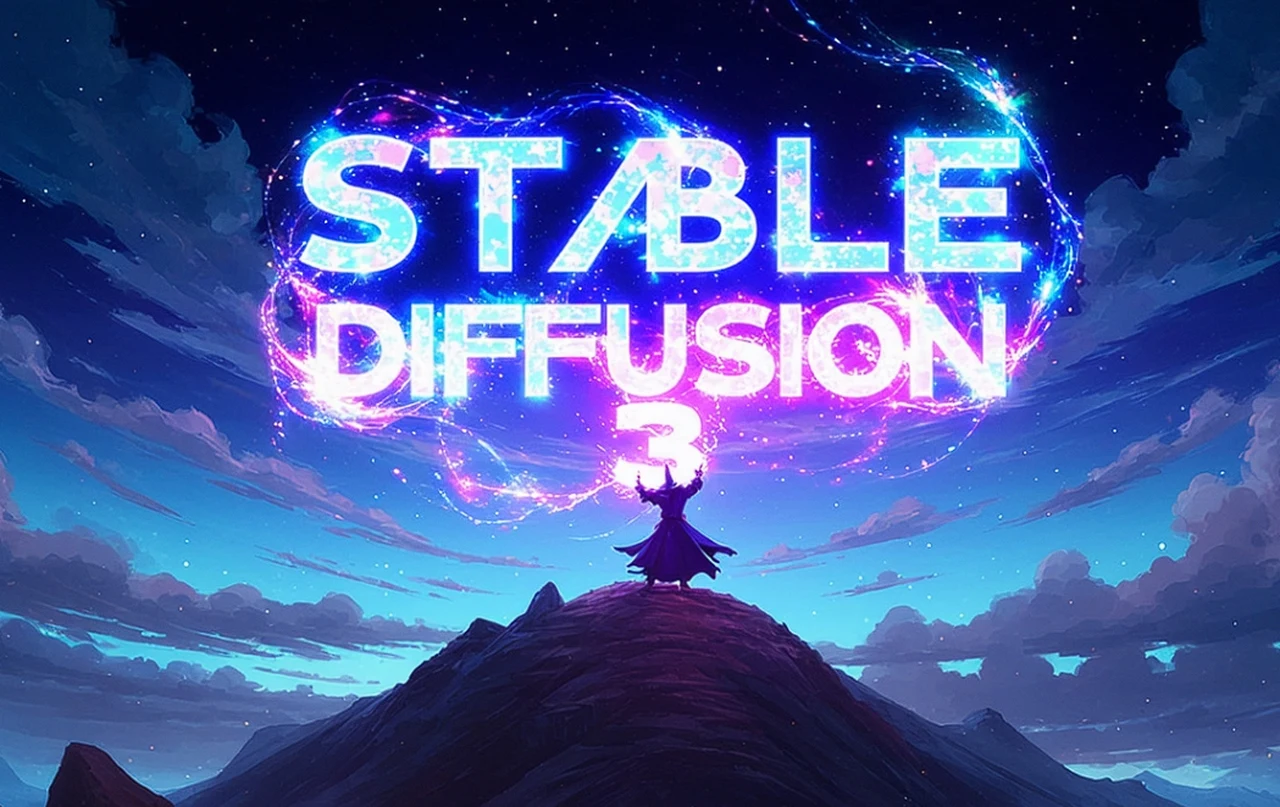
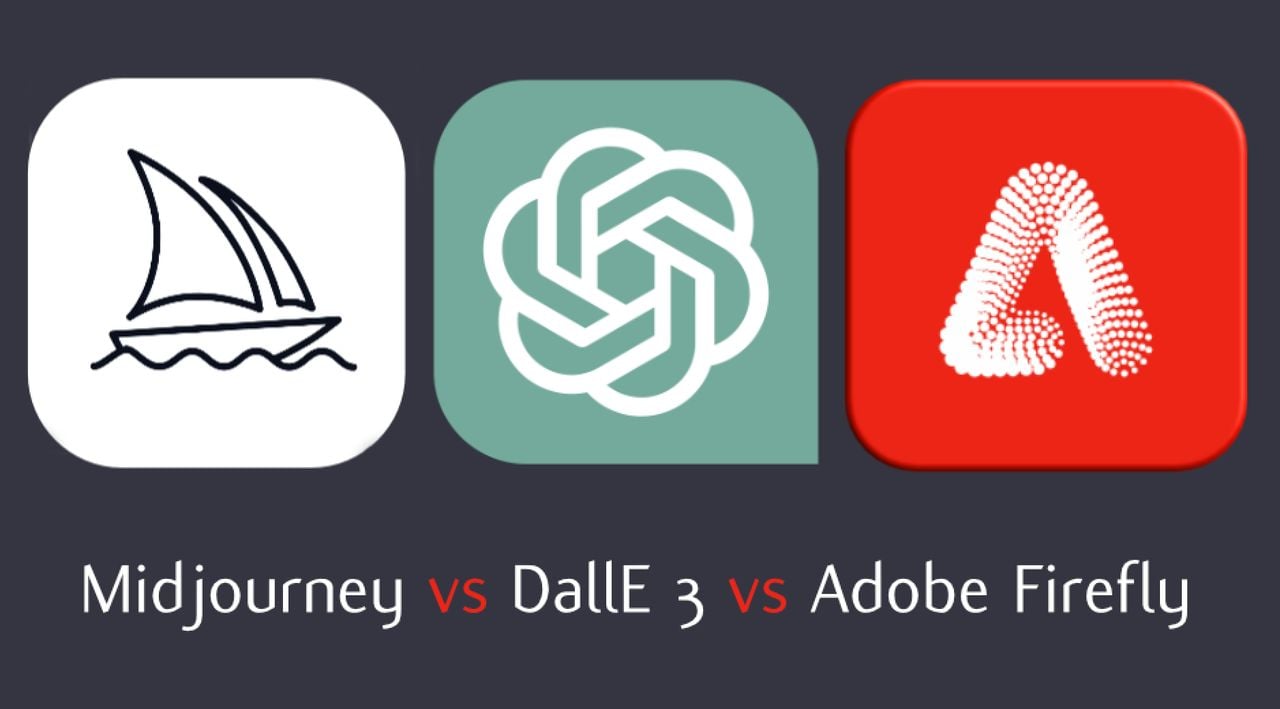
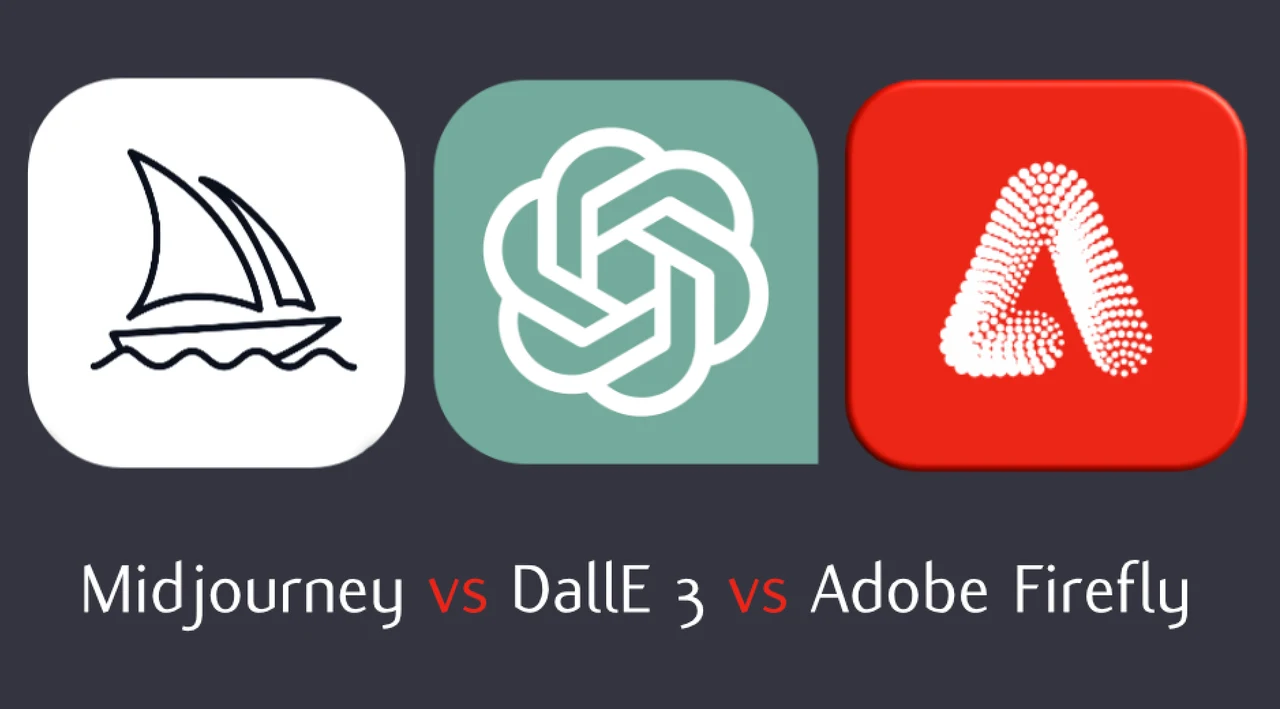
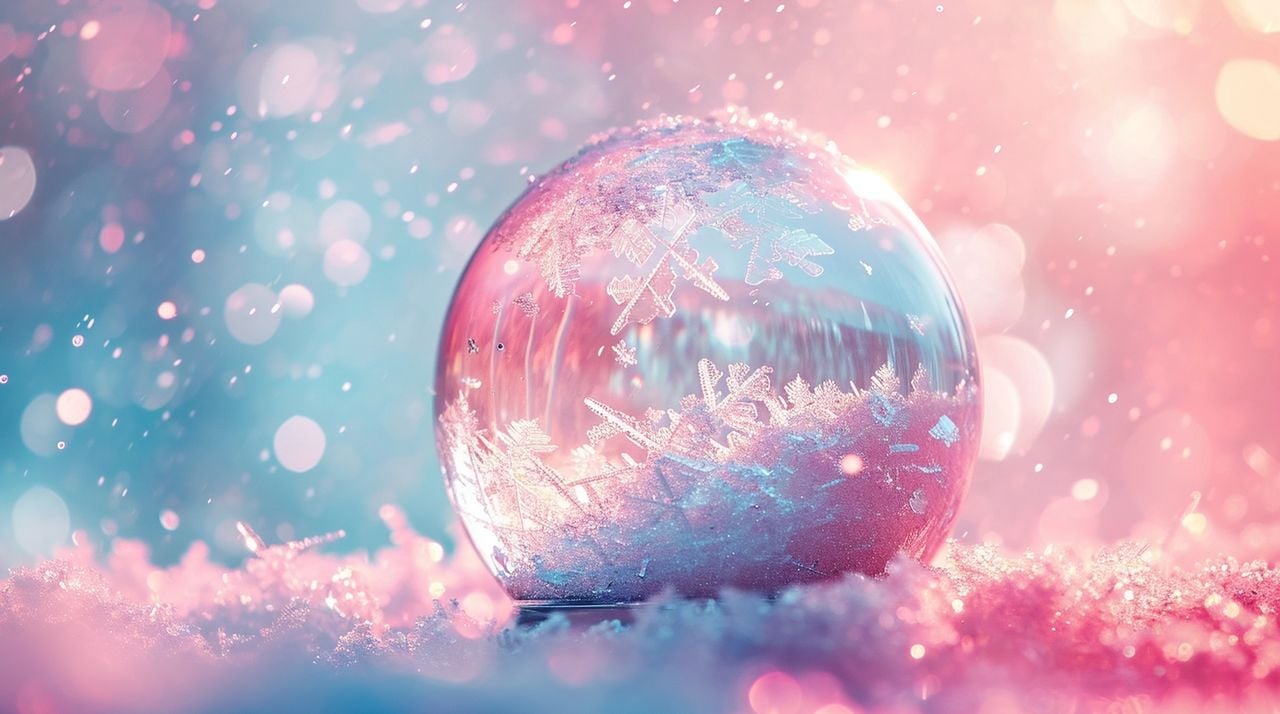
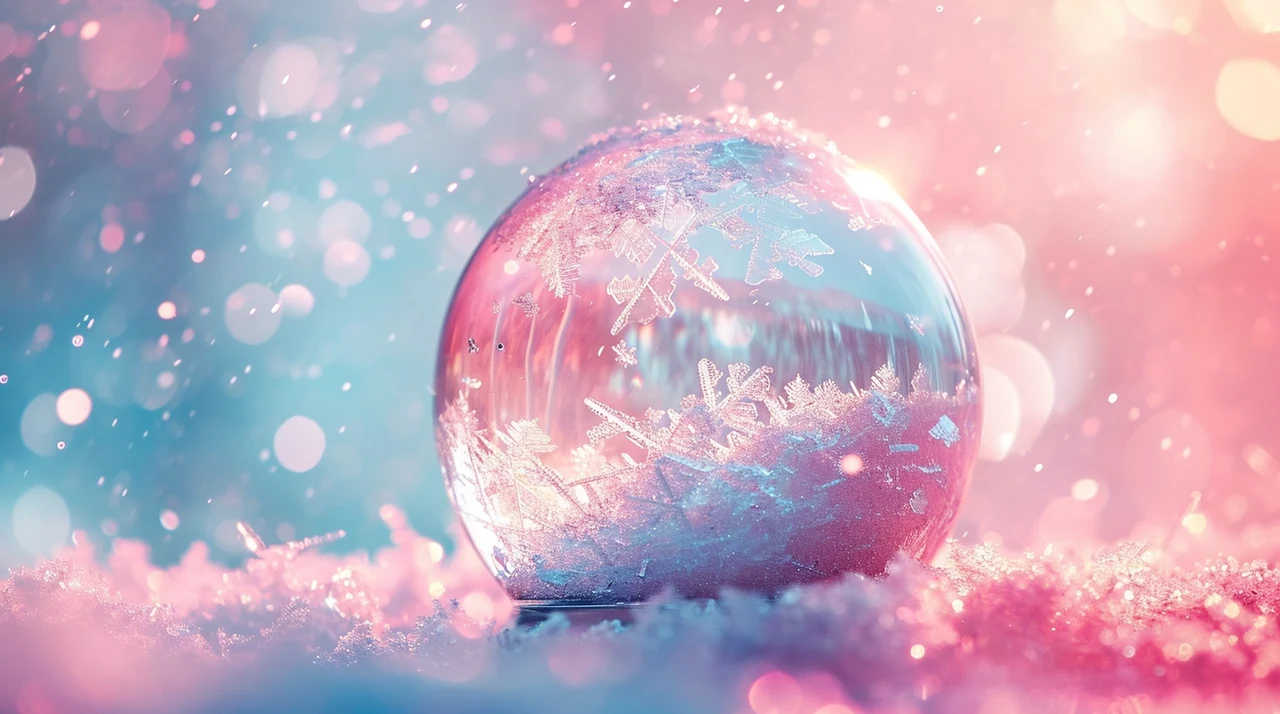
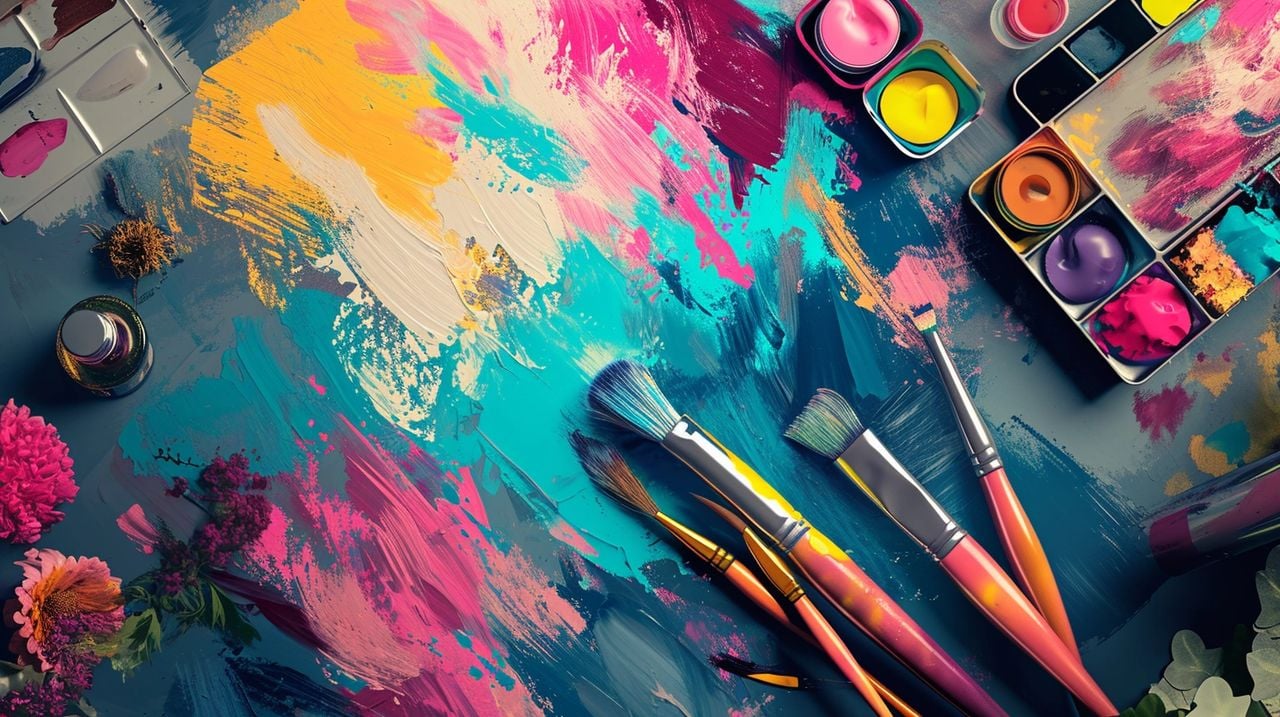
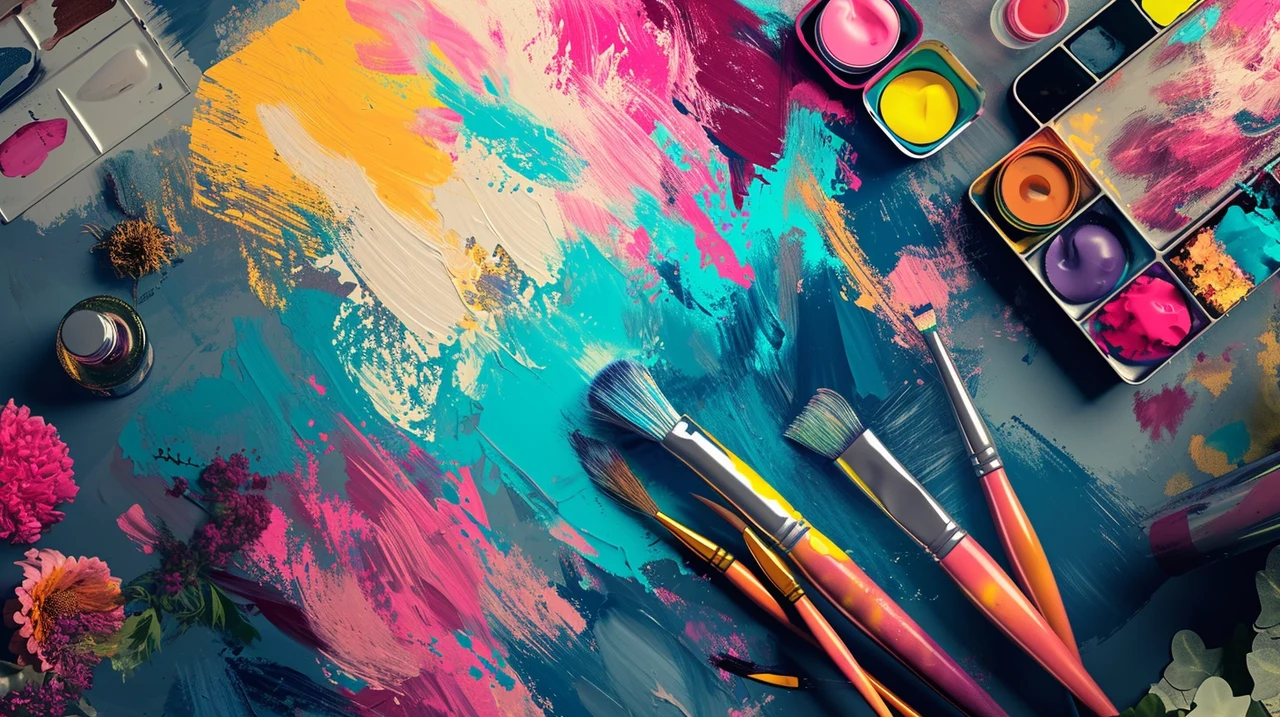
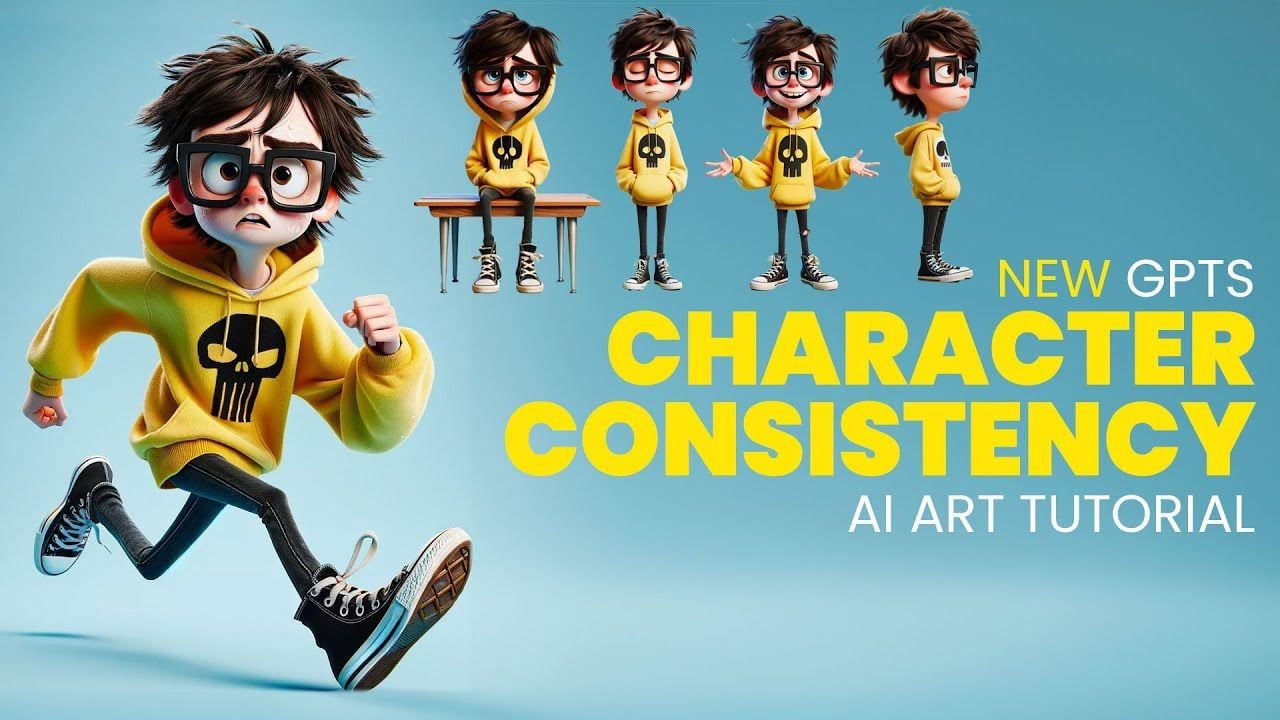
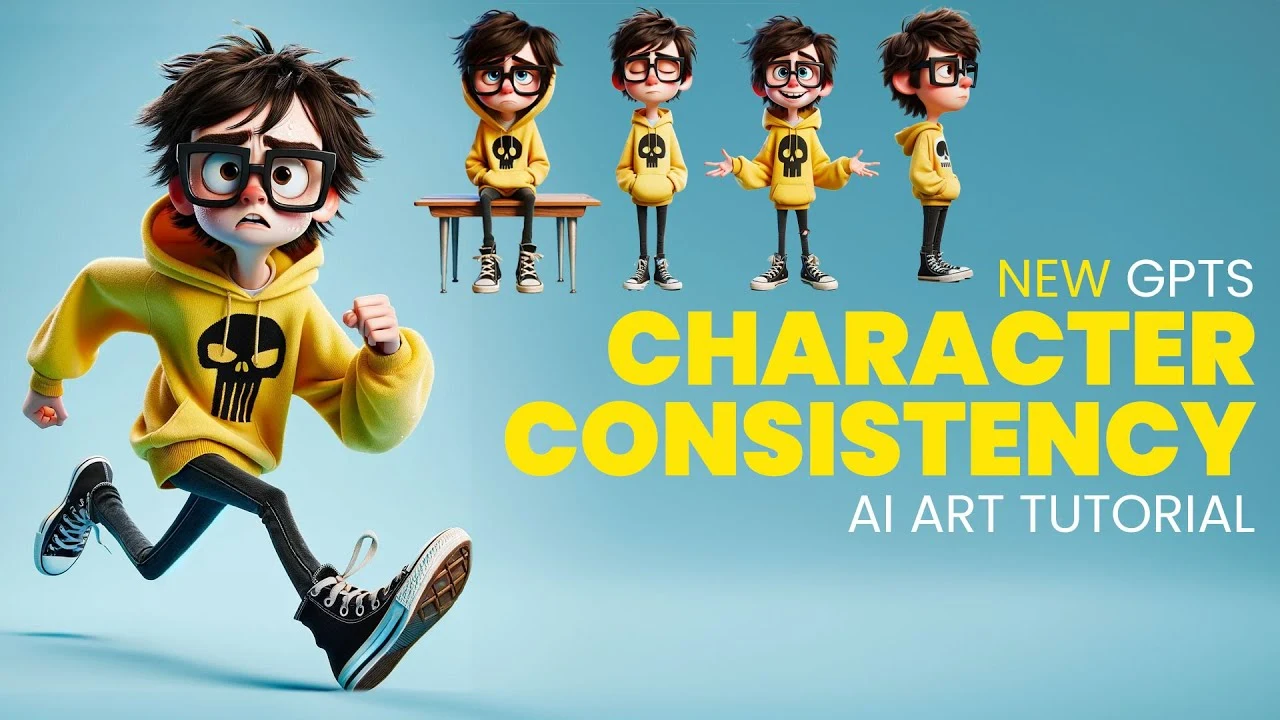 The world of animation is witnessing a significant transformation as new technologies emerge to enhance the creative process. Among these advancements, Generative Pre-trained Transformer (GPT) tools are making a notable impact. These sophisticated tools are changing the way animators ensure their characters remain consistent throughout their stories. By improving visual coherence and simplifying the design process, these tools are making it easier and faster for creators to bring their visions to life.
The world of animation is witnessing a significant transformation as new technologies emerge to enhance the creative process. Among these advancements, Generative Pre-trained Transformer (GPT) tools are making a notable impact. These sophisticated tools are changing the way animators ensure their characters remain consistent throughout their stories. By improving visual coherence and simplifying the design process, these tools are making it easier and faster for creators to bring their visions to life.
